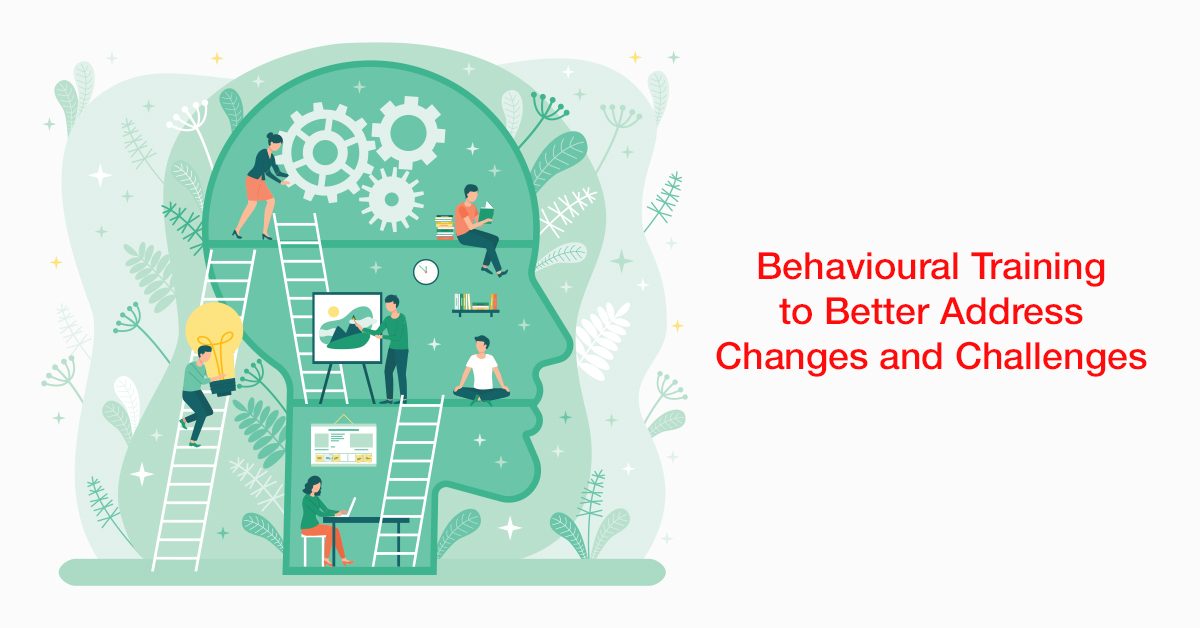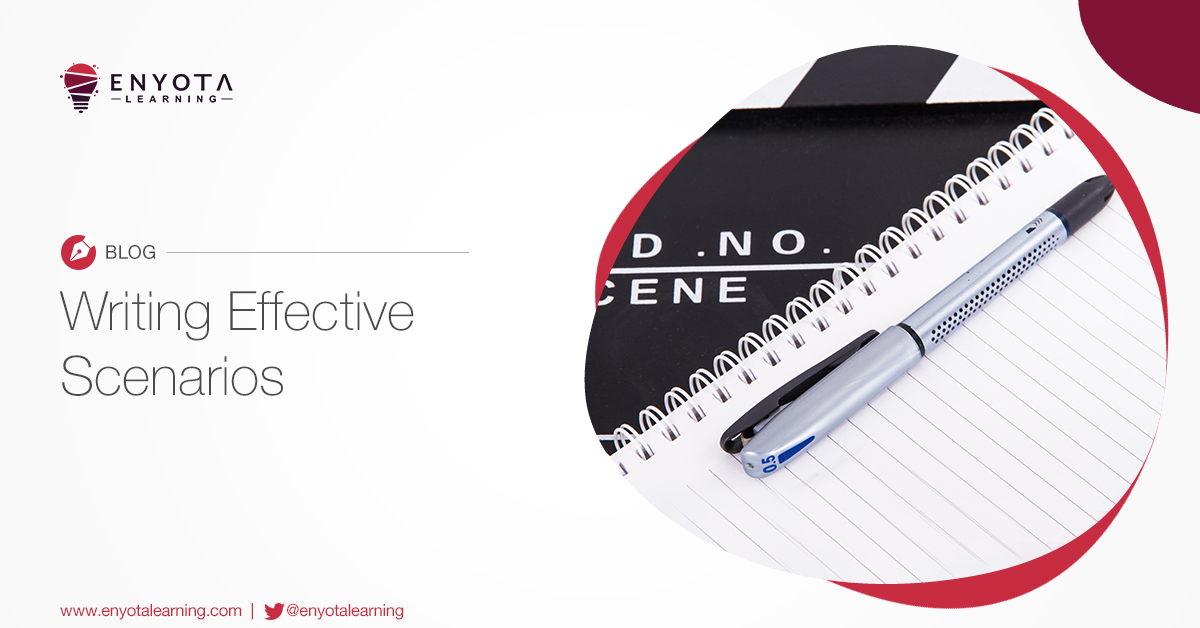
Learning Experience Design
If you’re confused about the type of training or the combinations of training that make learning interesting and fruitful, then understanding the art of learning experience and its design is very important.
What is Learning Experience Design?
Learning experience, also called LX design, is a broad term. It is the science of designing a training routine by selecting one or more training disciplines (traditional and modern). It then combines them to create a positive training experience in the lives of learners.
Blended learning approach is a combination of both traditional and eLearning concepts. It is the outcome of a learning design exercise. Most importantly, it should not be confused with Instructional Design (more on this later). However, learning experience is not all straightforward.
Learning experience is also user experience design for learners with varied needs. This includes training that challenges the perception of learners. Also training that promotes the practice of continuous learning and development by including all the learner’s possible training requirements.
Learning design helps achieve this by devising approaches that measure success based on the emotional and psychological experiences. Something that learners feel while interacting with training. One can say that learner experience is more human-centered than training-centered.
How Should You Use Learner Experience Design to Your Advantage?
Learner experience design allows an organization to set up a training frameworks which delivers the best possible training. As a result, a well-designed framework will benefit the organization, as long as all the factors of consideration that are integral to the framework are taken into account during the design stage.
Here are Some Factors to Consider When Designing Learner Experience Frameworks:
Type of Training
The type of training ideally determines the learning experience of learners.
Something as hands-on as training for production line operators, must include training that delivers practical experience because ‘hands-on experience’ is the name of the game here.
In this case, an LX designer would opt to combine 70% hands-on training with 30% theoretical to achieve the best results. They’d then further breakdown each segment into smaller bits to deliver better results.
Median Age of Learners
Learner median age is important to achieve the desired learning outcome. Focusing solely on the learner is difficult, but it’s important to deliver the best learning experience. Which is why learner preferences are determined based on metrics such as age.
The education sector progressively uses age to determine the type of training. Age helps determine the level of difficulty, type of learning experience, and content density.
However, organization with a mix of employees rely on the simple formula of calculating the median or average age of their learner base.
It’s not uncommon to hear that younger learners prefer flashy content with more visuals and images. As opposed to older learners who prefer more subtle content.
Understanding the median age of learners gives LX designers the much-needed insight into the right combinations and designs for training.
Budgets
Large flight operators have their own cockpit simulators and exploration companies support their explorers by letting them train in controlled environments with actual equipment.
It’s safe to say that budgets play a big role in deciding the type of learning experience. The more your budgets are, the grander the learning experience can be – albeit keeping the rationalities of building elaborate training in mind.
Available Training Infrastructure
Finally, it comes down to the availability of training infrastructure, which once again pivots on budgets, but with the slight inclusion of readily available infrastructure.
Simply put, it’s pointless to indulge in extensive training concepts if an organization does not have the right L&D setup in place. Or, carrying out regular classroom training initiatives may appear difficult if an organization does not have access to cheap employee travel, physical venues, and trainers.
Fundamentals of Learning Experience Design
Learning Experience that Enables the Learner
The idea here is to enable learners. As experiences create long-lasting memories and appropriate responses to situations, the design of training should revolve around enabling learners to quickly tap into their experience and responses.
Training where minimal to no thought is given to design the learning experience, is equivalent to building purely theory-based training for soldiers preparing for combat. Clearly, purely theoretical training alone does not enable the soldiers to perform, rather it places them in an adverse position.
Training that Promotes Emotional and Psychological Responses
As the name suggests, it’s about design and development to create a positive experience.
A positive learning experience is supported by positive emotional and psychological experience. By positive, we do not mean happy or light-hearted. Positive here defines training that makes sense or rather training that places the learner in a close to real situation so they can walk away with real-time decision-making techniques.
Difference Between Learning Experience Design vs Instructional Design
Where learning experience design is the art of enhancing a learner’s interaction with the various types of training by taking into account their preferences and training needs, Instructional designers focus more on the process of developing training content using the right tools, processes, quality metrics, and design of the content.
While a learning experience professional’s attention is centered and goal-oriented around human needs, an Instructional Designer looks at the design process more from a checkpoint-point of view, ensuring that a course follows all recommended learning and development principles.
Instructional design and learner experience design also vary based on the process of development as well.
An Instructional Designer will approach the development process more head-on in terms of technicality and steps. While an LX designer will approach the development process and create learning experience KPIs around human centered goals. It helps learners to achieve their potential.
How Can We Help?
We have a team of learning experience designers alongside instructional designers who assist and aid with all your training needs. To know more about the services and products we offer, get in touch with us at contact@enyotalearning.com or reach us by clicking this form.



